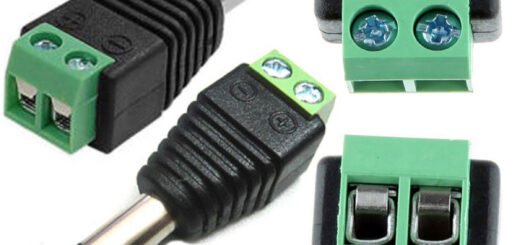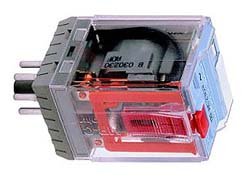Limit Switches: Navigating the World of Industrial Controls
Limit switches are a fundamental component of industrial control systems, serving as the watchful sentinels that monitor and regulate the movement of machinery. These devices are crucial for ensuring the safety and efficiency of industrial operations, acting as a control point that determines the limits of an object’s motion.
The Essentials of Limit Switches
At its core, a limit switch is an electromechanical device that operates based on the physical movement of an actuator plunger. The primary function of these switches is to detect the presence or absence of an object or to monitor its position. When an object comes into contact with the actuator of the limit switch, it triggers the switch to either make or break an electrical connection. This action can start or stop a process, open or close a valve, or activate alarms or other devices.
Limit switches come in various shapes and sizes, designed to suit a wide array of industrial applications. They can be found in packaging lines, conveyors, elevators, door mechanisms, and innumerable other systems where control based on physical movement is necessary.
Types and Applications of Limit Switches
There are several types of limit switches, each tailored for specific applications and environments:
- Rotary Limit Switches: These switches operate with a rotating spindle and are commonly used in wind turbines and hoisting machinery.
- Linear Limit Switches: These are used when linear motion needs to be monitored, such as in automated production lines.
- Heavy-Duty Limit Switches: Designed for harsh environments, they are typically found in the mining and construction industries.
- Precision Limit Switches: Employed where high accuracy is needed, such as in CNC machines and precision assembly lines.
Understanding the different types of limit switches is crucial for engineers and technicians when designing systems that require precise control and safety mechanisms.
Integrating Limit Switches into Control Systems
Integration of limit switches into an industrial control system requires careful planning. It involves electrical and mechanical considerations to ensure that the switches function reliably and are durable enough to withstand the operating environment.
Wiring configurations are also important. Limit switches can be wired normally open (NO) or normally closed (NC), and selecting the correct wiring method is critical for the intended control logic. For example, in a safety interlock system, a normally closed limit switch ensures that power is cut off when a gate is opened, halting the operation of machinery to prevent accidents.
Limit Switches and Safety Compliance
Safety is paramount in industrial settings, and limit switches play a pivotal role in maintaining it. They are part of the critical components that ensure machines operate within their safe operating limits, preventing potential hazards associated with over-travel and equipment malfunction.
Compliance with safety regulations often requires the use of limit switches. These devices are part of the safety interlocks that meet the standards set by organizations such as the Occupational Safety and Health Administration (OSHA) and the International Electrotechnical Commission (IEC).
Choosing the Right Limit Switch
Selecting the appropriate limit switch for an application is not a trivial task. It involves considering the operating environment, the precision required, the load current, and the type of actuation needed. Factors such as temperature, dust, moisture, and chemical exposure must be taken into account to ensure the longevity and reliability of the switch.
Companies like Enrgtech specialize in providing a wide range of industrial control components, including limit switches. They offer expert advice to help clients choose the right devices for their specific requirements, ensuring that the selected limit switches integrate seamlessly with the industrial systems in place.
Limit Switches: A Keyword in Industrial Automation
In the realm of industrial automation, “limit switches” is not just a keyword; it’s a cornerstone concept. These switches are integral to the automation process, serving as critical feedback devices that inform the control system about the position of equipment parts.
As industries move towards greater automation and smart factory concepts, limit switches will continue to evolve. Modern limit switches come with advanced features such as network connectivity, allowing them to be part of the Internet of Things (IoT). This enables better monitoring, data collection, and predictive maintenance.
Conclusion
Limit switches are indispensable in the world of industrial controls. Their reliability, durability, and precision make them ideal for ensuring that machinery operates within its intended boundaries. For businesses looking to maintain safe and efficient operations, investing in high-quality limit switches is not an option; it’s a necessity.
In navigating the complex landscape of industrial controls, partnering with knowledgeable suppliers like Enrgtech can provide businesses with the confidence that they are equipped with the best tools for the job. By leveraging their expertise and extensive product range, industries can continue to push the boundaries of innovation while maintaining the highest standards of safety and control




